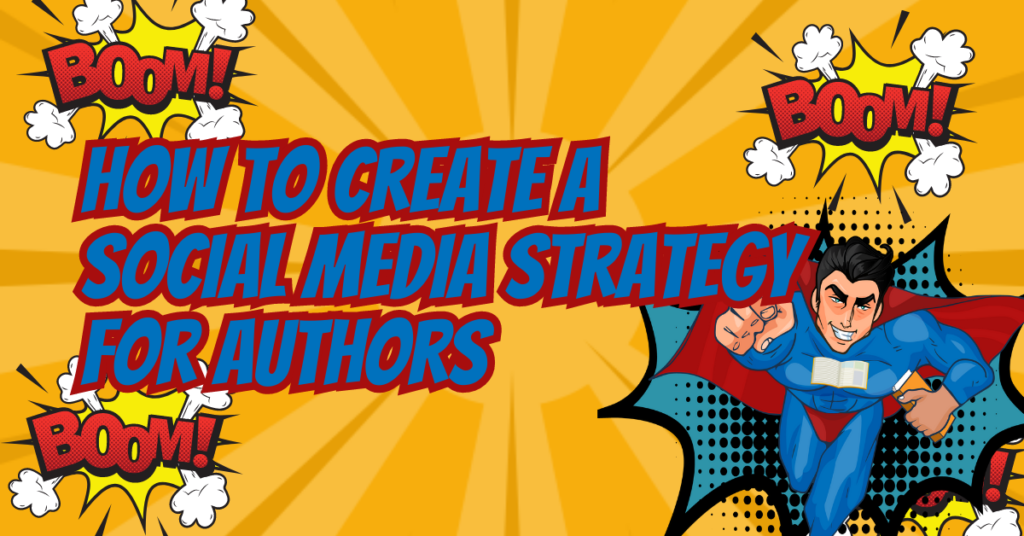Social media can be a powerful tool for authors to connect with readers, build their brand, and promote their books. However, simply posting on social media without a strategy can be ineffective and time-consuming. Therefore, this post will discuss creating a social media strategy for authors to help them reach their goals and connect with their readers.
Table of Contents
Define Your Goals
The first step in creating a social media strategy for authors is to define your goals. What do you want to achieve with your social media presence? Are you looking to increase book sales, build your author brand, or connect with readers? Once you have a clear idea of your goals, you can develop a strategy.
Know Your Audience
The second step is to know your audience. Who are your readers? What are their interests, preferences, and habits? By understanding your audience, you can create content that speaks directly to them and resonates with their interests.
For example, if you write young adult fiction, you might create content that explores themes and issues important to young adult readers, such as identity, friendship, and romance. You could also share behind-the-scenes insights into your writing process or interviews with other authors in the genre.
Choose Your Platforms
The third step is to choose your platforms. Which social media platforms are your readers most active on? While it may be tempting to be active on every platform, focusing on a few platforms where your readers are most engaged is more effective. Traditional media for authors include Facebook, Twitter, Instagram, and Goodreads.
Develop Your Content Strategy
The fourth step is to develop your content strategy. What type of content will you create and share on social media? Some ideas for content include:
- Quotes from your book
- Behind-the-scenes insights into your writing process
- Personal anecdotes or stories related to your writing
- Interviews with other authors or industry experts
- Reviews or recommendations of books you have read
It’s essential to create a mix of content that is both promotional and personal, as this helps to build a relationship with your readers.
Create a Posting Schedule
The fifth step is to create a posting schedule. How often will you post on each platform? What days and times are best for reaching your audience? While it’s essential to post regularly, it’s also important not to overwhelm your followers with too much content.
Engage with Your Followers
The sixth step is to engage with your followers. Respond to comments and messages, and ask questions or create polls to encourage interaction. By engaging with your followers, you can build relationships with them and develop a sense of community around your work.
Track Your Progress
The final step is to track your progress. Use analytics tools provided by social media platforms to track your reach and engagement. This will help you understand what is working well and what needs improvement and allow you to adjust your strategy as needed.
Recent Posts
- Bookworms Unite: July Book Feature’s Wrap-Up and August’s Kickoff
- Revolutionizing the AI Book Publishing Landscape: How AI is Transforming the Way We Write, Market, and Distribute Books
- The Power of Print-On-Demand Book Publishing 2024: Unleash Your Inner Author
- 10 Powerful Techniques to Propel Your Book Up the Amazon Rankings
- Empowering Insights: 7 Proven Strategies for Learning from Successful Authors
Conclusion
In conclusion, creating a social media strategy for authors is essential in building your brand and connecting with readers. By defining your goals, knowing your audience, choosing your platforms, developing your content strategy, creating a posting schedule, engaging with your followers, and tracking your progress, you can create a social media strategy that helps you reach your goals and connect with your readers.
Ready to showcase your book to a wider audience? Or to build your online presence? Sign up for free at selpubman.com and get a chance to feature your book on our blog!






